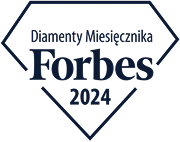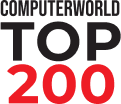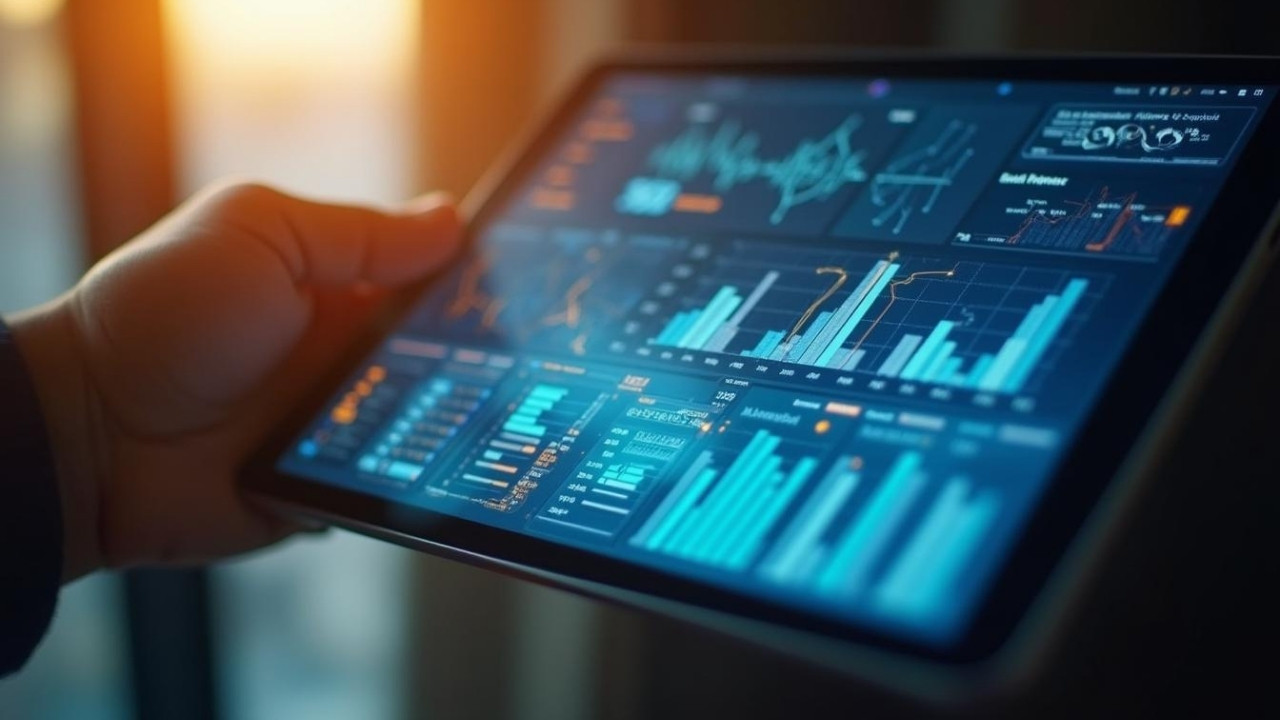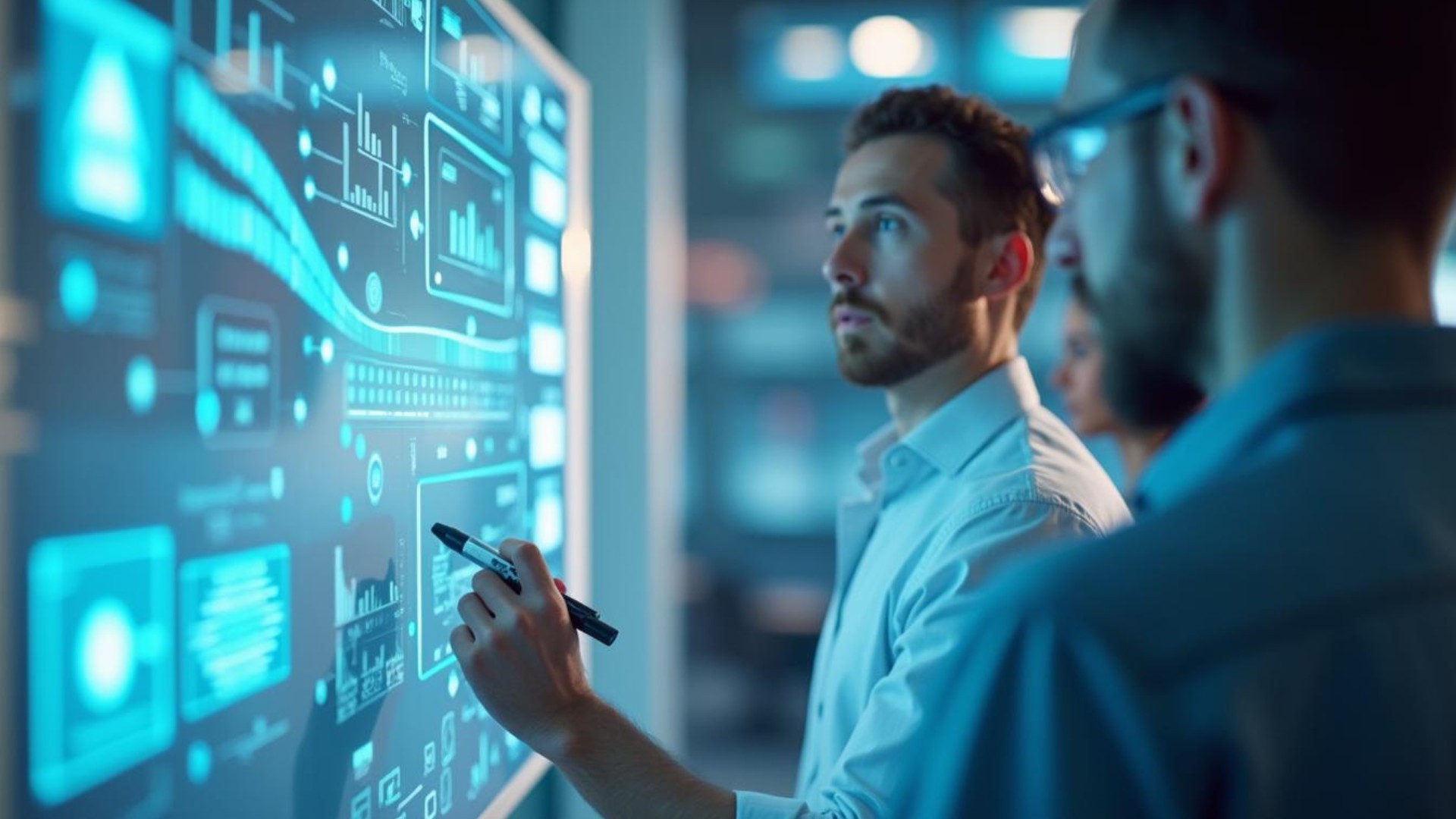+ years
+ Specialists
+ projects
% stay with us
+ years together
+ conference talks















Computer vision enables computers to process images and videos in ways that were once thought to be the exclusive domain of humans. This technology utilizes algorithms and deep learning techniques to analyze visual data, allowing machines to recognize objects, track movements, and even make decisions based on what they see.
At its core, computer vision works by processing and analyzing images or video data to extract meaningful information. This process begins with capturing visual input through cameras or sensors, which then converts the images into digital formats. Once the data is digitized, advanced algorithms come into play, which identify patterns and features within the images, detecting edges, shapes, colors, and textures.
Unlike traditional keyword-based search engines that rely solely on matching terms, AI semantic search leverages advanced algorithms and computer vision to understand the context and intent behind a user's query. This means that it can interpret the nuances of language, recognize relationships between concepts, and deliver results that are far more relevant and meaningful.
NLP focuses on enabling computers to understand, interpret, and respond to human language in a way that is both meaningful and contextually relevant. Semantic search is about using this ability to let machines understand the intent behind search queries, as well as context and relationships between terms
An AI knowledge base is an advanced system designed to store, manage, and retrieve information efficiently. It serves as a centralized repository where data is organized in a way that allows for quick access and intelligent processing. Imagine having a vast library at your fingertips, but instead of just books, it’s filled with structured data that can be queried and analyzed in real-time.